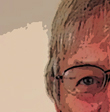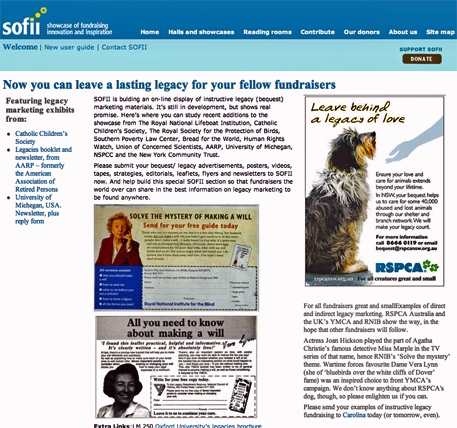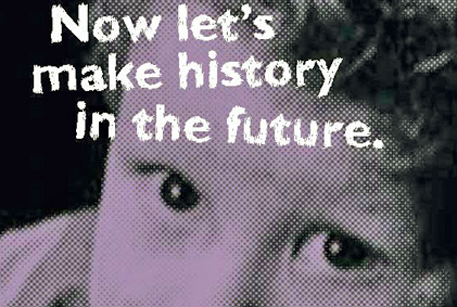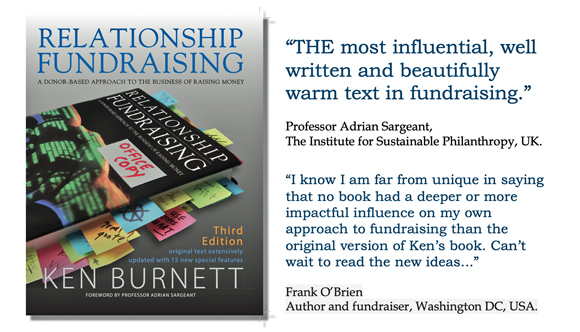Archived article No 10 Fundraisers, faced with public concern rising as fast as their cost-to-income ratios and an increasing number of traditional fundraising methods declining to the point of non-viability, have nevertheless proved beyond doubt that planned, carefully structured bequest marketing can really work – and at cost to income ratios that are to die for.
Also from Ken’s article archive,
|
Deep in the bowels of the splendidly imposing Somerset House on London’s Strand, WC1 there toils a small but singular band of men and women whose daily task it is (as it has been for the past century or more) to scrutinise the final wills and testaments of each and every recently deceased person in Britain, to find, register and analyse any charitable gifts bequeathed therein. This secretive band of scribes is noteworthy not just for their unique labours and output but because they are not part of the Government (though it is a government office staffed otherwise entirely by civil servants) but work for a remarkable commercial enterprise, the Smee and Ford Company of London, England. Thanks to their endeavours, fundraisers in Britain have instant access to the most sophisticated data on charitable legacies (bequests) to be found anywhere in the world. Given that, in the UK, more than one-third of the value of all charitable donations comes in the form of bequests, this is a resource not to be sneezed at. Moreover, this vast sum is given by less than one in eight of all who depart this life. It follows that the 88 per cent or more who haven’t named a charity in their will remain potentially persuadable – provided fundraisers can get to them in time. Dying to be a philanthropist? The fundraiser’s holy grail I say quick because, fundraisers being the transient creatures they are, laying the foundations of a long-term bequest strategy seems just too long a wait for most. That’s why the obvious doesn’t happen. It’s a tragedy because, as I’ve said, in recent years we have accumulated experience and evidence which clearly shows that patient, careful bequest promotion does bring results. It’s sad also because finding a quick way to bequest riches will not be easy. Nor is it likely to happen soon. Most likely it will require entrepreneurial flair, commitment, willingness to take risks and acceptance that some failures will be inevitable before success is found. But the courage and commitment needed to realise this opportunity seem sadly absent among the current crop of fundraisers. Fundraisers are remarkably conservative and unadventurous when it comes to promoting the concept of charitable bequests. Until very recently British charities have conspicuously failed to get together to promote the concept jointly (and thereby challenge and change our culture, our society’s attitude to the charitable bequest). Although that’s hopefully to change now, thanks to an initiative from the afore-mentioned Institute of Charity Fundraising Managers, there remains alarmingly limited creativity from fundraisers in the field of bequest promotion and a worrying reluctance to innovate, particularly if it involves any risk. The prevailing atmosphere among British and other European not-for-profits these days is one of caution and conservatism. So where will the big breakthrough come from? Or indeed any breakthrough, come to that? We shouldn’t forget that in bequest marketing even small breakthroughs can lead to big income. So perhaps fundraisers have a duty to be pioneers. After all, fortune favours the brave. No guts, no glory, and all that. Some lessons learned Pioneers wanted 1. Offer to be helpful. Provide a free bequest advice and information service. Make it easy and let your donors know about your service and how you can help them (not just with the bits that relate to a bequest to your cause). Get free publicity for your service via the money pages of local or even national newspapers, and similar media.
|
Now more than a decade since it first appeared this article really was an appeal for creative, entrepreneurial investment in legacy marketing. I'm not sure it’s an appeal that was widely heard, though I think the main points are still valid. Perhaps the commitment is still lacking... Click the image above to connect to SOFII for examples of legacy marketing materials from around the world. The collection is still a work in progress so do please submit your examples of great legacy marketing materials.
Patient, careful bequest promotion does bring results... it will require entrepreneurial flair, commitment, willingness to take risks and acceptance that some failures will be inevitable before success is found. But the courage and commitment needed to realise this opportunity seem sadly absent among the current crop of fundraisers..
Continues from bottom of column 1 8. Bequest help-desks, regional will-making clinics, financial planning workshops, videos of bequest achievements (where a researcher talks about the leading-edge work he is doing, an aid worker shows the innovative agricultural scheme, and so on and so on, all possible thanks to bequests), major donor societies, posters, beer-mats, letter-headings, t-shirts, … the possibilities for creative presentation of the bequest message are limited only by our own commitment, resourcefulness and imagination. Uneasy rider Some fundraisers clearly are wedded to this way of working with bequests. But you could change all that, and through adventurous bequest marketing give your organisation a head start on its rivals – even if it gets you only 15 minutes ahead. In these competitive times, that could be all you need. I think it’s a great opportunity – but I worry whether it will happen. When I first drafted this article I was in the habit of undertaking a rather unusual commute between my home in north west France and my London office, a distance excluding the channel crossing of 175 miles. If the weather seemed inclined to be reasonable I made this trip on my motorcycle, which I found both enjoyable and productive, as it affords me ample time to ponder both the meaning of life and the big issues of fundraising. As I raced through the French countryside or rocketed along the A3 from London to Portsmouth I often found myself regretting what seems to me to be the biggest missed opportunity in fundraising – we fundraisers have somehow failed our causes and our publics, because we have failed to encourage most people to appreciate the enormous advantages of leaving a charitable bequest in their will. Almost everyone would like to be a philanthropist and through our wills each and every one of us could be. Most people could easily and painlessly afford a charitable bequest without in any way compromising the interests of their heirs. And most would feel rather good about it if they did. Yet, although everyone knows they can’t take their worldly goods with them, as few as one in eight of our population have seen this light and, at the time of their death, will have left anything at all to their favourite charitable cause, their Alma Mater, their local community, or whatever. I repeat, it seems to me that we fundraisers have failed our organisations and our supporters. There is so much more we could be doing to promote the tangible and intangible benefits of leaving a charitable legacy, or bequest. © Ken Burnett 2013 This article has been adapted from a feature that first appeared in the US journal Contributions magazine in 2001.
Disagree with me? Or agree? If you’ve anything to add, have your say here. Email your thoughts or comments now to me and providing they’re relevant and appropriate I’ll put them on the site. Sign up here for more OPINIONS coming soon
|









